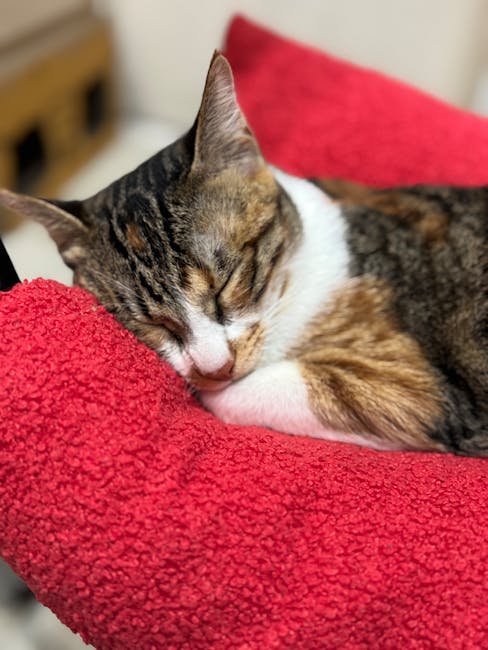and Pet Comfort
Introduction: Creating a Haven of Health and Happiness for You and Your Pet
In today’s fast-paced world, the importance of a comfortable and healthy home environment for both humans and their beloved pets cannot be overstated. Shared living spaces require consideration for the well-being of all inhabitants. This article explores key factors influencing both your well-being *and* the comfort of your furry, feathered, or scaled companions, offering practical tips for creating a harmonious and healthy home.
Optimizing Your Shared Living Space: Key Considerations
Air Quality: Breathing Easy Together
Indoor air quality significantly impacts both human and animal health. Poor air quality can exacerbate allergies, respiratory issues, and even contribute to long-term health problems.
- Regular Ventilation: Open windows daily, even for short periods, to circulate fresh air.
- Air Purifiers: Invest in a high-quality air purifier with a HEPA filter to remove allergens, dust mites, and pet dander.
- Avoid Harsh Chemicals: Opt for natural cleaning products that are less likely to irritate sensitive respiratory systems. Consider options labeled “pet-friendly”.
- Dust Regularly: Prevent the build-up of dust and dander.
Temperature Control: Finding the Perfect Balance
Maintaining a comfortable temperature is crucial. Remember that what feels comfortable for you may not be ideal for your pet, especially those with thick fur or those who are very young or very old.
- Monitor Temperature Regularly: Use a thermometer to keep track of the temperature in different areas of your home.
- Provide Shaded Areas: Ensure your pet has access to cool, shaded areas during warmer months.
- Offer Warm Bedding: Provide cozy blankets or beds during cooler months.
- Avoid Drafts: Ensure your pet’s sleeping area is free from drafts.
Creating Safe and Comfortable Zones
Pets need their own dedicated spaces to relax and feel secure. These zones should be free from hazards and provide a sense of ownership and comfort.
- Dedicated Sleeping Areas: Provide comfortable beds, crates, or blankets in quiet areas of your home.
- Safe Play Areas: Ensure your pet has a safe space to play and exercise, free from hazards like loose wires or toxic plants.
- Designated Feeding and Watering Stations: Keep food and water bowls clean and easily accessible.
- Clutter-Free Environment: Reducing clutter minimizes potential hazards for both you and your pet.
Choosing Pet-Friendly Furnishings
The furniture you choose should be durable, easy to clean, and safe for your pets. Consider materials that are resistant to scratches and stains.
- Durable Fabrics: Opt for microfiber, leather, or other durable fabrics that are easy to clean.
- Scratch-Resistant Surfaces: Choose furniture with scratch-resistant finishes.
- Avoid Toxic Materials: Ensure that furniture is made from non-toxic materials, especially if your pet is prone to chewing.
- Easy-to-Clean Surfaces: Look for furniture with easy-to-clean surfaces to minimize the accumulation of pet hair and dander.
Minimizing Allergens and Odors
Pet dander and odors can be a challenge for allergy sufferers and can generally impact the overall comfort of your home.
- Regular Grooming: Brush your pet regularly to remove loose hair and dander.
- Frequent Bathing: Bathe your pet as needed, using a pet-friendly shampoo.
- Vacuum Regularly: Vacuum carpets and upholstery frequently to remove pet hair and dander.
- Use Odor Eliminators: Employ pet-friendly odor eliminators to neutralize unpleasant smells.
Conclusion: A Happy Home for Everyone
Creating a comfortable and healthy home environment for both you and your pet requires a thoughtful and proactive approach. By prioritizing air quality, temperature control, safe zones, pet-friendly furnishings, and allergen management, you can create a space where both humans and animals can thrive. Remember that a little effort goes a long way in creating a happy and healthy shared living space for everyone.














Post Comment